Tremaine, LLP
ederal contracts issued after June 2, 2023, include a new Federal Acquisition Regulation, or FAR. The regulation, FAR 52.204-27, prohibits the TikTok application on devices used in the performance of a federal government contract. Although the prohibition took effect immediately, the new FAR clause results from an interim rule issued June 2, 2023. No final rule has been issued yet, as the federal government invited public comment through August 1, 2023.
The interim rule prohibits the presence or use of TikTok, or any successor application, on information technology equipment used by federal contractors, including technology owned or managed by the government, used or provided by the contractor under the applicable contract, and equipment provided by the contractor’s employees. The government has clarified this includes devices such as cell phones and laptops provided by a contractor to its employees for use on a federal contract, as well as employee-owned devices used in the performance of a contract.
The ban applies to all federal contracts issued on or after June 2, 2023, including those under the simplified acquisition threshold and those for commercial products and services. The ban also applies to existing indefinite delivery/indefinite quantity, or IDIQ, contracts, and any modifications to extend the period of performance for other contracts. It also applies and must be flowed down to subcontractors at all tiers.
While the breadth of the ban is far-reaching, it differs from other federal contracting regulations that prohibit contractors from using certain equipment and software, including components manufactured by specific companies. The new rule does not require contractors to review their supply chains, and there are no associated reporting, certification, or record-keeping requirements. But contractors whose contracts contain the ban must comply or risk facing a breach of contract, among other potential consequences.
First, human resources and similar employee policies should be updated to ban the use of TikTok or any successor application on any employee-owned devices used in the performance of an applicable contract.
Second, companies should block or otherwise prevent the use and download of TikTok on company-issued devices.
Third, subcontracts should be updated to include FAR 52.204-27 as a required flow down to all subcontracting tiers.
Fourth, to confirm the effectiveness of the prior steps, consult with legal counsel familiar with both employment law and government contracting.
Similarly, under the rule, contractor equipment is covered if the agency requires the use of the equipment or requires the use of the equipment to a “significant extent in the performance of a service or the furnishing of a product.” But, again, the rule does not define what it means for an agency to “require” the use of the equipment or what constitutes a “significant extent.” The wording of the definition also suggests the scope of the rule may be narrower than the commentary and guidance from the federal government suggests.
Until a final rule is issued, contractors should follow the current guidance and apply the ban to any devices—including those owned by employees—used in the performance of an applicable contract.
